In the Loop of Mimetic Desire:
Theatre, Art, and Architecture in Chicago
Chicago, Illinois U.S.A.
July 8-11, 2026
Co-Coordinators: Maura Junius and Martha J. Reineke
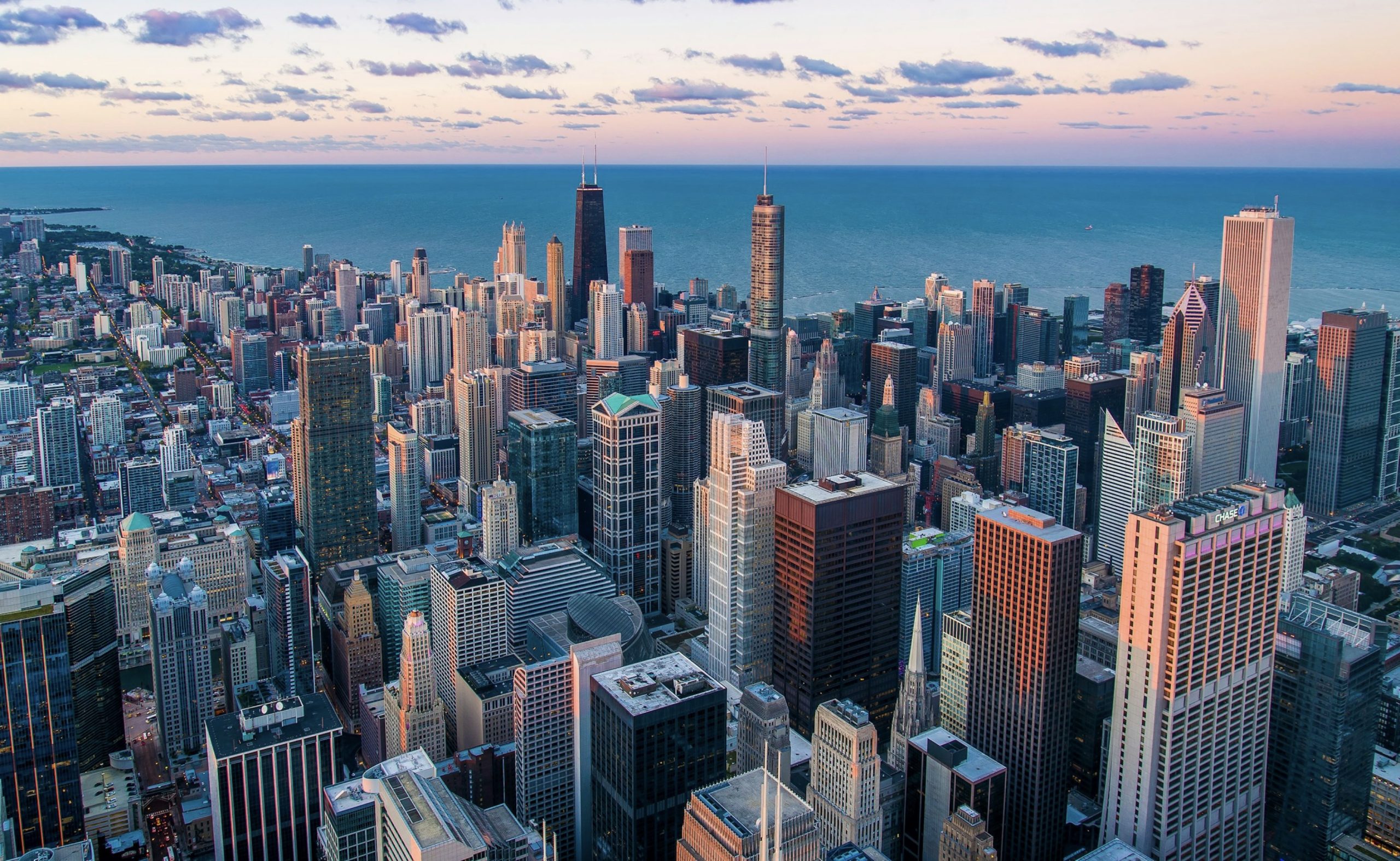
At 8:30 pm on October 8, 1871 a fire started in a small barn on DeKoven Street in Chicago, IL. Two days later, two-thirds of the city lay in smoldering ruins. 17,000 buildings had been destroyed and $222 million in property, one-third of the city’s entire valuation, had gone up in smoke. That tragedy, dreadful as it was, generated a response that set Chicago on a road to greatness it may never have taken, but for the conflagration. And, absent the fire, the COV&R 2026 conference theme would surely be different. For the city in which we are meeting was born on October 10, 1871, when the first load of lumber arrived to rebuild Chicago, just as the final blaze was extinguished.
Chicago after the fire grew at a frenetic pace. With money and creative talent arriving daily by train, a new city emerged on the leading edge of architecture and the arts. Chicago’s skyscrapers—the first in the world—became prominent markers of the city’s daring embrace of innovation. At a time when Parisians saw Impressionist art as too scandalous to own, three Chicago women– Bertha Palmer, Annie Swan Coburn, and Elizabeth Stickney—built art collections in which Impressionist artists featured prominently. Their acquisitions eventually comprised the core collection of the Art Institute of Chicago. Twenty-two years after the fire, in 1893, Chicago hosted the World’s Columbian Exposition to which twenty-one million visitors came. Stoking Chicago’s spirit of invention and creativity for decades to come, the exposition had a profound effect on US architecture and visual arts as well as on architecture and the arts internationally.
Today, the Chicago skyline is considered the most architecturally significant in the world. The holdings of its Art Institute are second only to The Met in NYC among US art museums. Along the way, Chicago’s grit and community spirit, this took root in its many auditoriums in the early twentieth century, made and continues to make Chicago a nationally-acclaimed hub for independent theatre. Fifty million people visit Chicago each year. Absorbing the city’s energy, they learn from and find joy in the architecture, art, and theatre that is concentrated in the Chicago Loop, the heart of downtown.
The Chicago Loop offers COV&R a unique opportunity to explore visual culture in light of mimetic theory. Our meeting is innovative by virtue of its content, exploring a theme not previously a focus at a COV&R conference. Its mode also invites new forms of engagement by conference participants. We liken our Loop setting to a laboratory, rich in potential for developing, critiquing, and applying mimetic theory in the context of visual culture. We hope too that conference participants will extend their visit to Chicago beyond the four days of the conference in order to extend build on what they have learned while taking architectural history tours, attending plays, and visiting its art museums.
Please check back on the page after November 1 for the Call for Proposals, Graduate Student Essay Contest, Travel Grants, and other conference information.
Confirmed Plenary Speakers
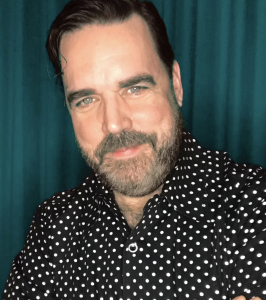 Emilio Williams, playwright
Emilio Williams, playwright
Emilio Williams is a bilingual Spanish/English, award-winning non-fiction writer, playwright, translator, and educator. His writing and scholarship explore experimental dialogues with literary traditions.
¡Bernarda!, Emilio’s latest play, is a bilingual trans-adaption of Federico García Lorca’s classic tragedy. It was co-presented by Teatro Vista and Steppenwolf 1700 in 2023 and produced by Teatro Audaz in 2024. His other plays have been produced in Argentina, Estonia, France, Ireland, México, Spain, the United Kingdom, and the United States, including Chicago, New York, Los Angeles, San Antonio, and Washington DC.
A Steady Rain performance
A Steady Rain by Keith Huff explores love and rage on the streets of Chicago, as a routine domestic disturbance call sends two Chicago cops on a harrowing journey that will test their loyalties and change their lives. This play has received several awards and nominations for its various productions.
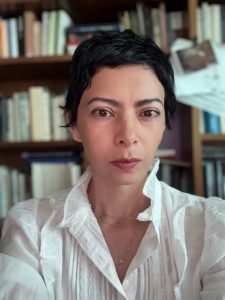 The René Girard Lecture – Tania Checchi
The René Girard Lecture – Tania Checchi
The 2026 Girard Lecturer is Professor Tania Checchi. Checchi received her PhD from the Universidad Pontificia Comillas in Madrid. She is a professor at the Universidad Iberoamericana in Mexico, where she teaches Aesthetics, Ethics and Philosophy of Religion. She also teaches seminars on Comparative Religions and Violence and Subjectivity at the graduate school of the Colegio de Saberes in Mexico City. Her areas of specialization include the phenomenological tradition, interreligious dialogue from the perspective of mimetic theory, and the philosophical status of the image as a symbolic and ritual effect. Her publications include a book on Levinas’ phenomenology, Sense and Exteriority, a number of articles, and translations of E. Fackenheim, M. Dufrenne, René Girard, and Emmanuel Levinas.
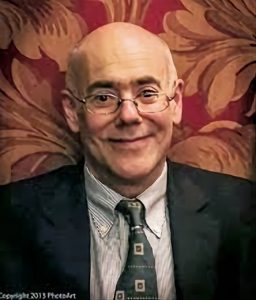 Francis Morrone – Architectural Historian and Professor at New York University
Francis Morrone – Architectural Historian and Professor at New York University
Francis Morrone is the author of thirteen books, including Guide to New York City Urban Landscapes (W.W. Norton, 2013) and, with Henry Hope Reed, The New York Public Library: The Architecture and Decoration of the Stephen A. Schwarzman Building (W.W. Norton, 2011), as well as architectural guidebooks to Philadelphia and Brooklyn. He was for six and a half years an art and architecture critic for the New York Sun. He is the recipient of the Arthur Ross Award of the Institute of Classical Architecture and Art, of the Landmarks Lion Award of the Historic Districts Council, and of New York University’s Excellence in Teaching Award.
Mimesis in Architecture
 Ivan Blečić
Ivan Blečić
Ivan Blečić is Professor and Head of the Department of Civil & Environmental Engineering and Architecture, University of Cagliari, Italy. He has a twenty-year long teaching experience in urban planning, evaluation and policy. His research interests include planning theory, evaluation methods and decision support for planning and territorial policy, urban economics, and urban modelling and simulation. Together with Paul Dumouchel and Emanuel Muroni, he is developing a research program on mimetic theory and the social production of space.
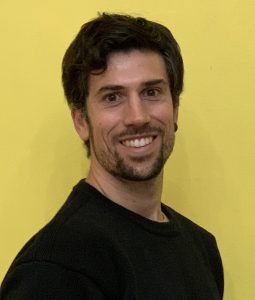 Emanuel Muroni
Emanuel Muroni
Emanuel Muroni is an urban planner and researcher at the Department of Civil & Environmental Engineering and Architecture at the University of Cagliari in Italy where he explores the implications of René Girard’s mimetic theory in urban studies, political geography, and the social production of space. He earned his PhD in Architecture and Environment in 2021 with a dissertation titled Urban Spaces as Mimetic Objects.
